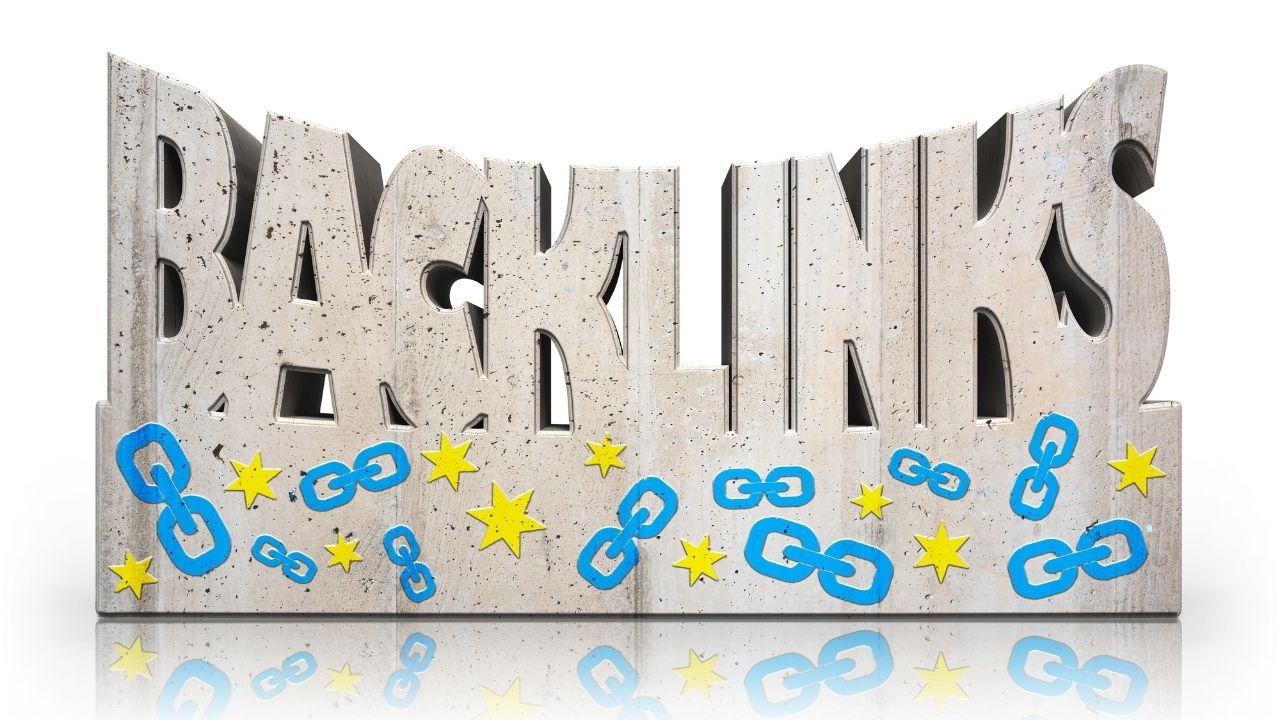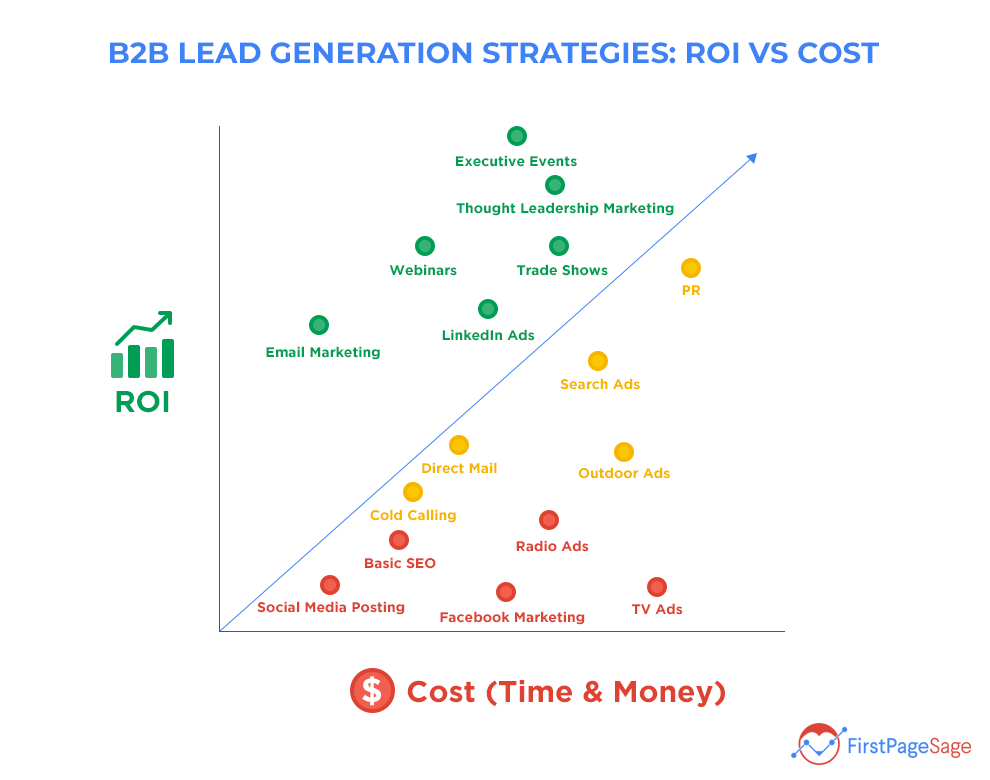
Google's category pages are crucial for Google search rankings, but great content and user experience will not guarantee you the top spot. This is why they need links to improve their ranking. In addition to great content, Moz has an example category page that ranks #2 in on page SEO and receives thousands of organic visits per month, a healthy following of users, and earned over 200 external links. Let's take a look at some tips that can help you get your category pages to the top of Google.
Avoid keyword stuffing
Keyword stuffing, while a great tactic, can have serious consequences for your website's rank. Although it may attract lots of traffic, it can also make your website look unprofessional and unreliable. Search engines are increasingly catching on to this tactic and penalizing websites that use it. You should use your keywords wisely, not just to boost rankings. Instead, create content which will engage your audience.

Keyword stuffing can be detrimental to your online presence and search engines have responded accordingly. Keyword stuffing may cause your Internet presence to be damaged and search engines can hide pages or even eliminate your entire website completely from SERPs. Such a drastic step can be devastating for your brand and reputation. You should not keyword stuff on SEO category pages. However, this rule is not universal.
Avoid duplicate categories
You may already be aware of the importance in avoiding duplicate SEO pages. Unfortunately, many merchandizers have no idea how to avoid this. You can avoid duplicate SEO category pages by doing one of these things:
Too many category pages can result in penalties. Make sure to create subcategories that have unique intro descriptions and sufficient product listings. And avoid creating too many product pages in one category. To improve your search engine ranking, make sure you have enough product listing in each category. Make sure you change the URLs for your product pages to avoid duplicate SEO pages.
Optimize your category

Your category pages can be optimized to improve search engine rankings. Your product pages are a great way to increase your search engine rankings in multiple ways. These pages not only direct customers to your products but also inform search engines about what users are searching for. By using relevant text on your category pages, you can increase sales and improve rankings. These are just a few ways to optimize SEO category pages. Continue reading to improve your sales and rank. To start, make sure that your category pages answer the questions that people have about the products you sell.
Categories are important to your website, but do not make the mistake of stuffing them. One category should be used per post. Optimize it carefully. Optimizing your categories incorrectly can cause you to lose the desired results. You need to use keywords carefully, but don't get too specific. Use common sense and avoid using keywords that don't make sense. Additionally, categories can be useful for both organization and SEO.
FAQ
What Should I Know About Backlinks
Backlinks refer to links linking to a webpage from another site. They are one the most powerful tools search engines use to identify the location of a page in search results. Backlinks can be very useful because they indicate that someone else thinks your content is valuable. You will need quality backlinks to help you rank high in search results.
What is an SEO Campaign?
An SEO campaign is a series of activities designed to improve the visibility of a particular webpage or domain name in search engines like Google, Bing, Yahoo, and others. These activities include optimizing page titles, meta description tags and URL structure.
SEO campaigns usually begin with keyword research. This is where keywords are identified that will increase organic traffic. Once keywords are identified, they should be optimized across the website from the homepage to individual pages.
What are the best tools available for on-page SEO?
Video embeds and image alt tags are great tools for on-page optimization. You can learn more about these types of issues in this article.
Why should I use SEO
There are many reasons SEO is important.
First, it increases traffic to your website by ensuring your website is high up in search engine results.
It also helps users to find what they are looking for by increasing conversions.
Third, it helps increase brand awareness by helping customers search for your business online.
Fourth, it enhances user experience by allowing them quick navigation of your website.
It builds trust with potential customers and shows that you care enough to rank well in search engines.
Statistics
- And 90%+ of these backlinks cite a specific stat from my post: (backlinko.com)
- 93%of online experiences today begin on search engines. (marketinginsidergroup.com)
- If two people in 10 clicks go to your site as a result, that is a 20% CTR. (semrush.com)
- Sean isn't alone… Blogger James Pearson recently axed hundreds of blog posts from his site… and his organic traffic increased by 30%: (backlinko.com)
- Which led to a 70.43% boost in search engine traffic compared to the old version of the post: (backlinko.com)
External Links
How To
How do I set up my first blog?
It's simple! WordPress is a wonderful tool to help you create a blog. The user can modify the look and feel of their blog easily by adding themes and changing fonts and colors. They can also add plugins that allow them to automatically change certain aspects of their website depending on visitor activity.
You can download many templates free of charge from WordPress.org. Premium templates cost money. Premium templates can include additional pages, plugins, or advanced security features.
Once you've downloaded your template, you'll need to sign up for a free account with a hosting provider to upload your files and run your blog. Many hosts offer free accounts, but there are often restrictions on how much space you can use, how many domains you can host and how many emails you can send.
You will need separate email addresses if you want to use multiple domain names. For this service, some hosts charge a monthly cost.
A blog hosted online is a great way to start blogging if it's your first time. The majority of hosts offer unlimited storage so files aren't deleted even if accidentally deleted.
Many hosts let you host multiple domains. That means that you can have different websites under the same hosting plan. You can save money by not signing up for multiple email addresses, and you can maintain all of your sites using one interface.
Some hosts include social media sharing icons on their dashboards. This allows visitors share posts easily across the internet.
You can usually manage your blog through the tools offered by hosting providers. You can view the performance stats of your website, see how many people visited each post, and compare your traffic with other blogs.
These tools can make managing your website easier and quicker, so it's worth taking a look at them before you commit to a hosting plan.
To sum up:
-
Pick a topic that's relevant to you business.
-
Create engaging content;
-
Optimize your site using SEO techniques;
-
Promote your site using social media channels;
-
Monitor your statistics regularly to make changes where necessary;
-
Don't forget to update the blog often.
In other words, create quality content, promote it effectively, track its success.